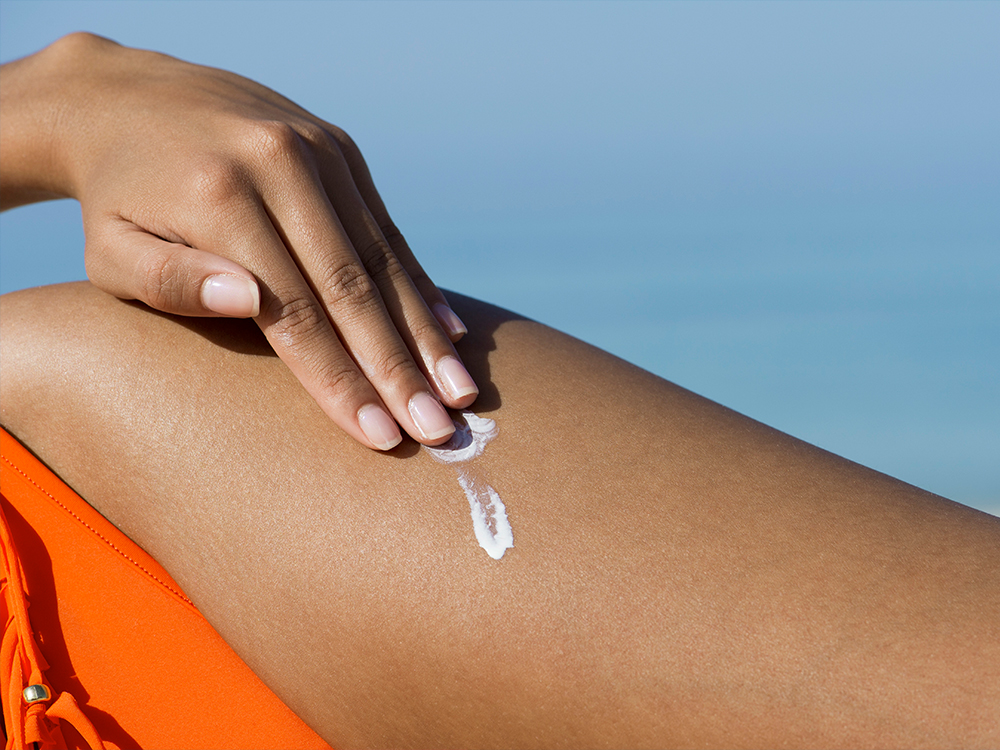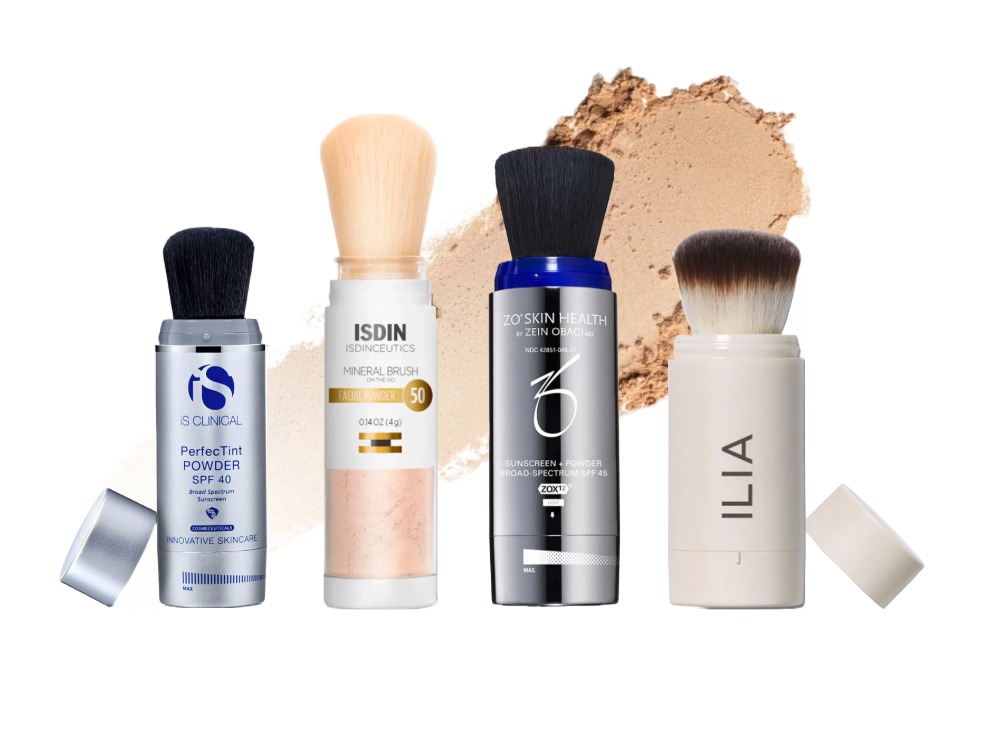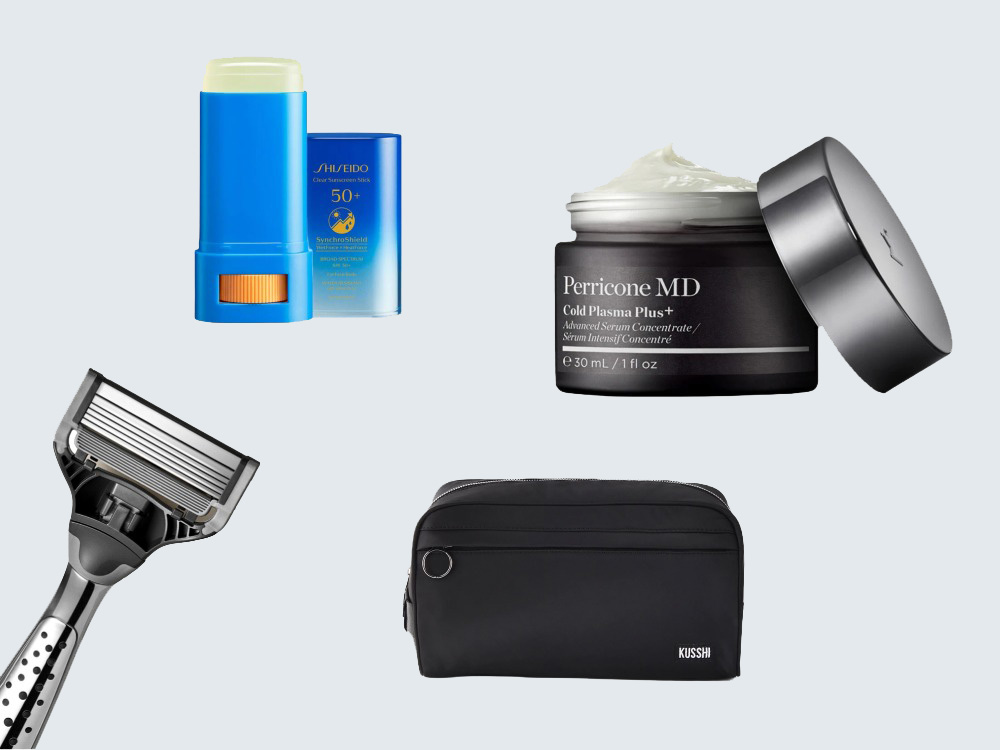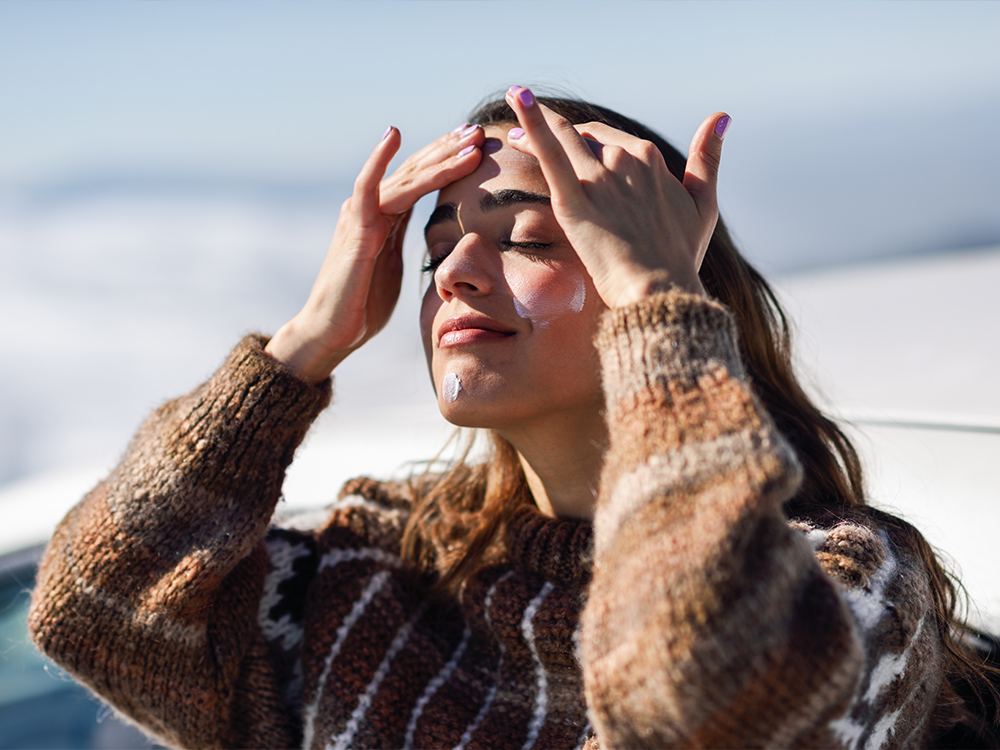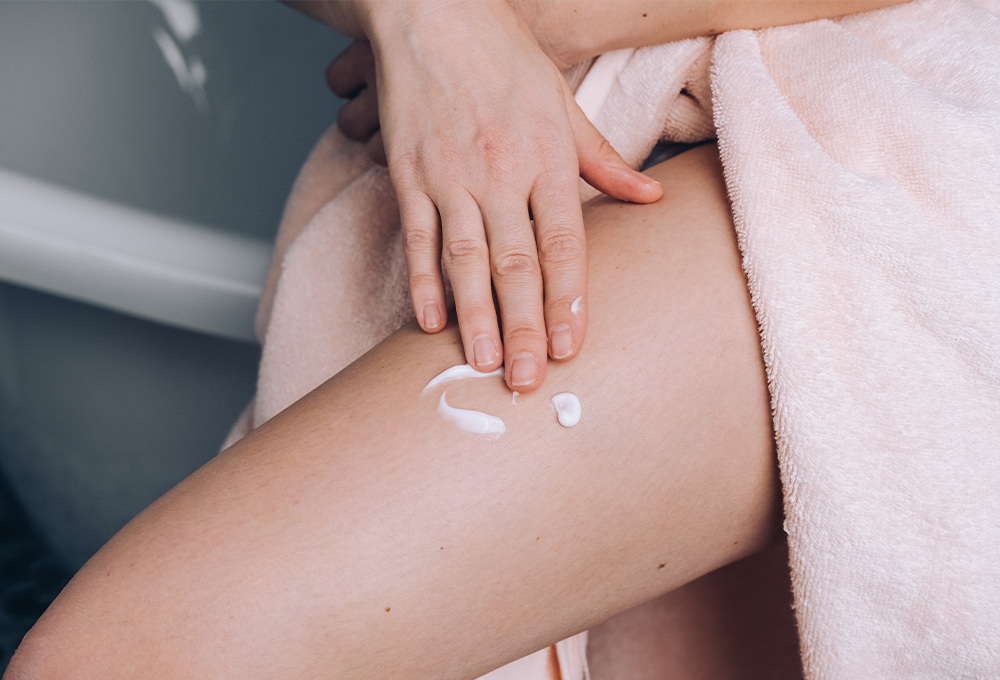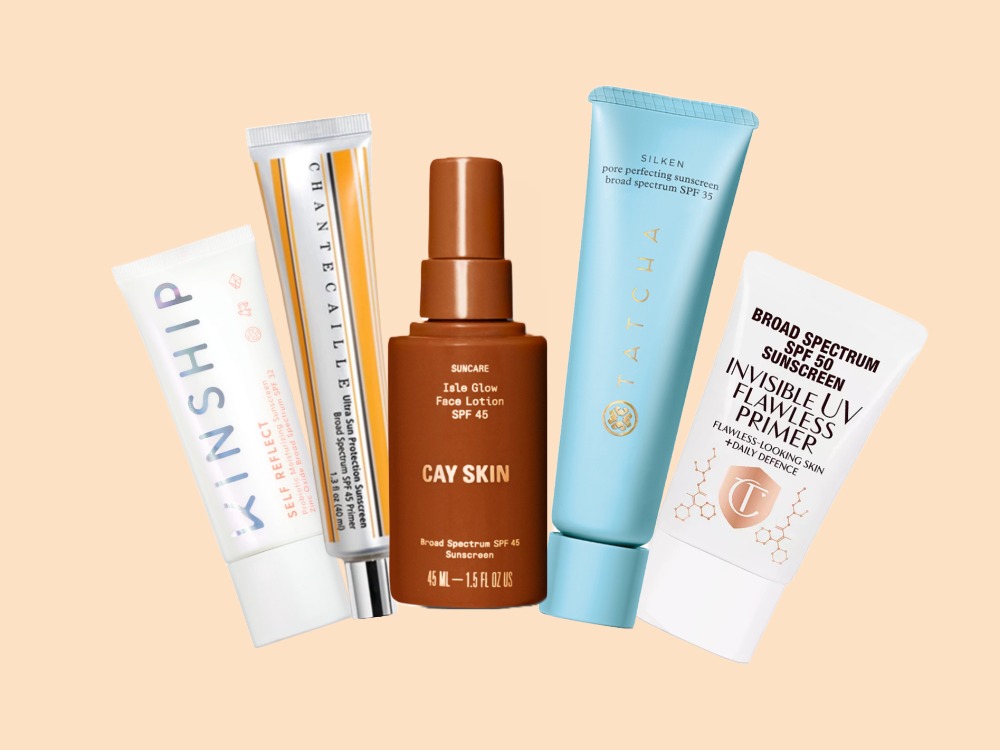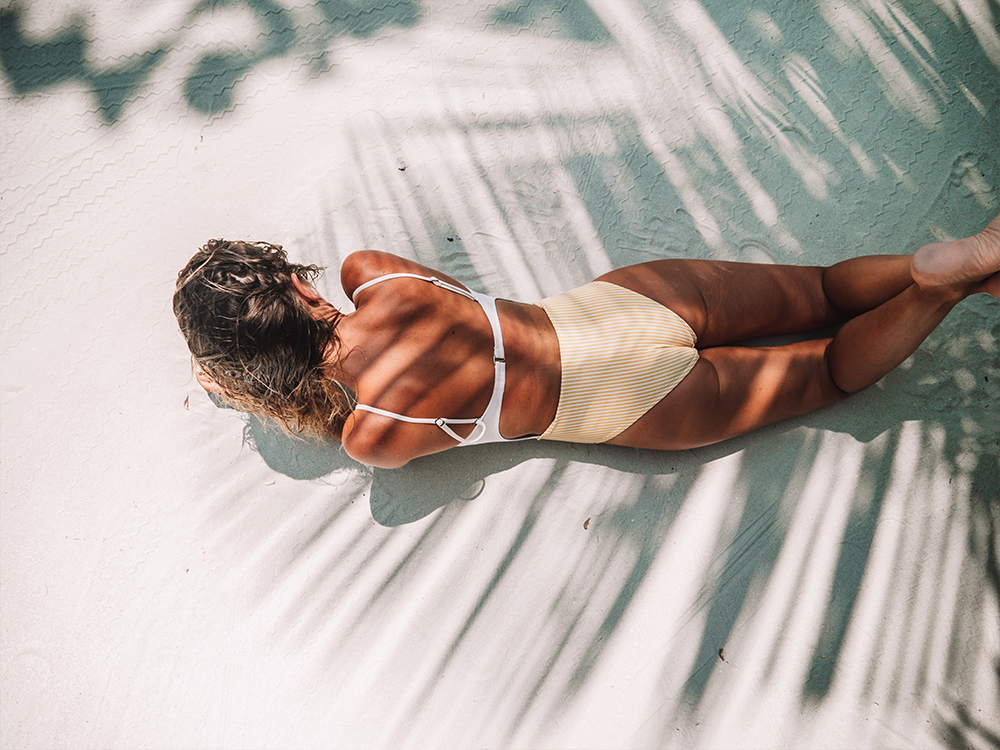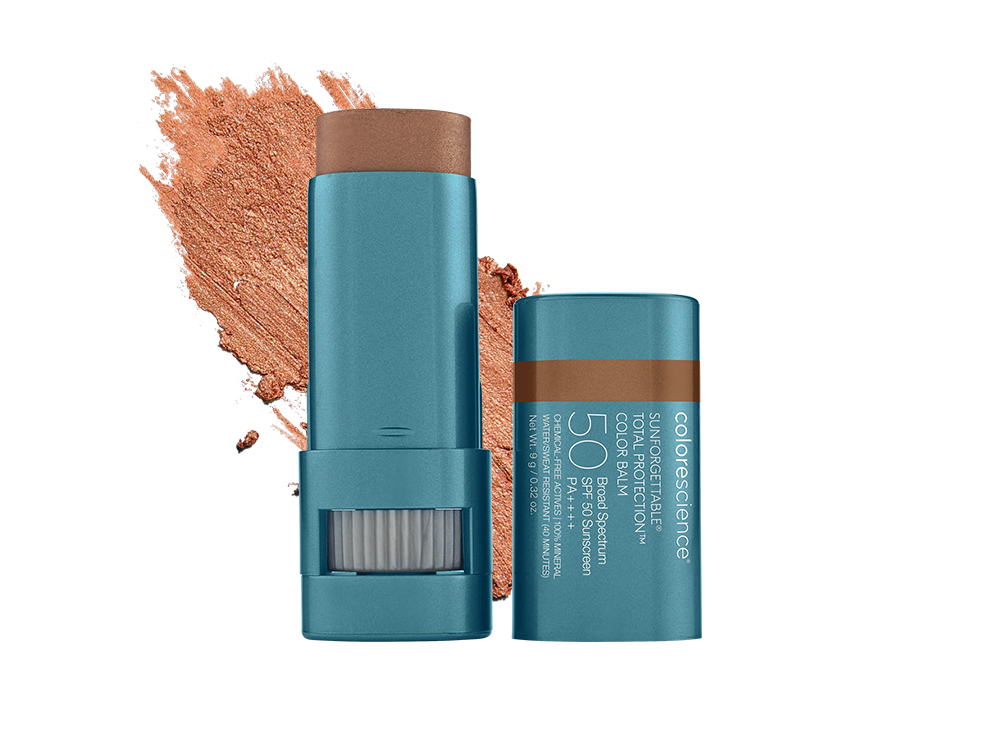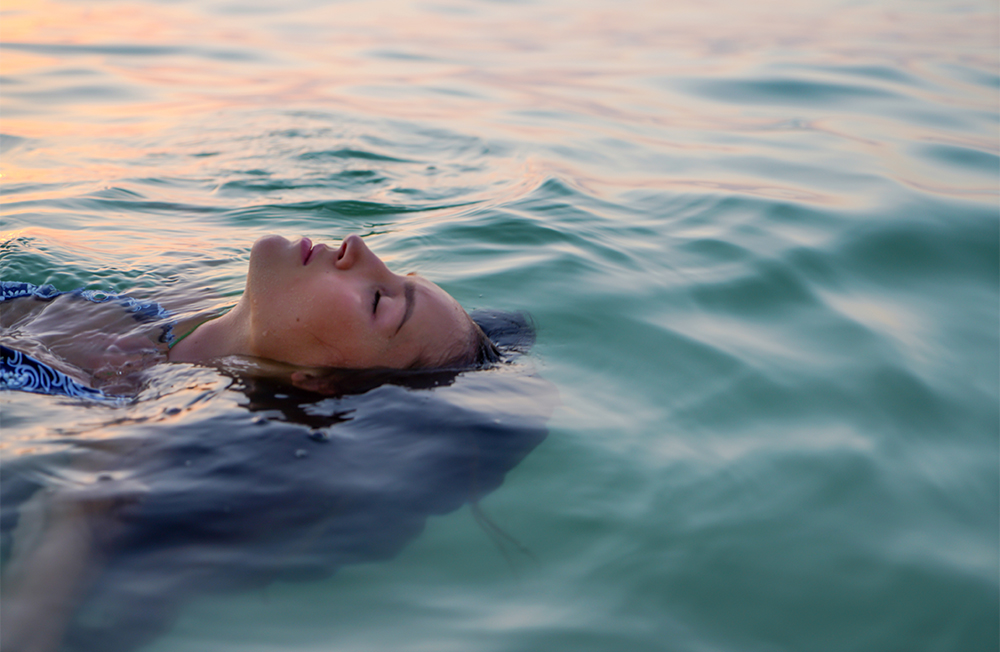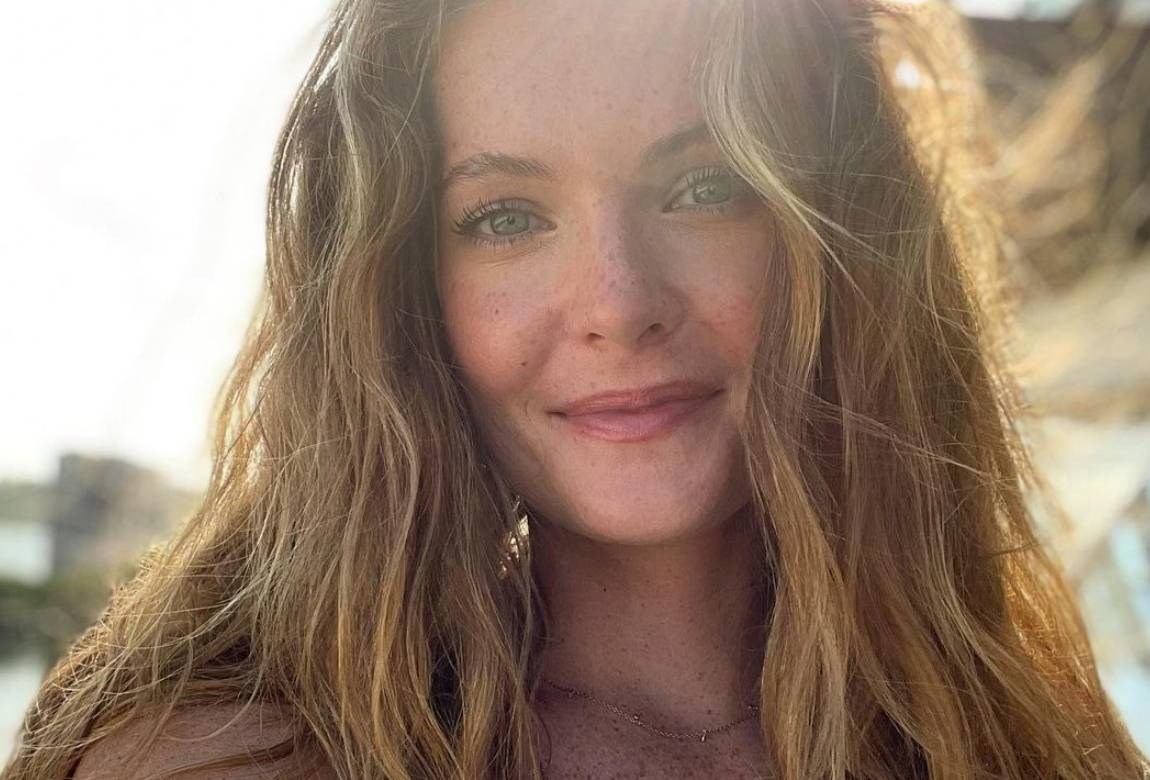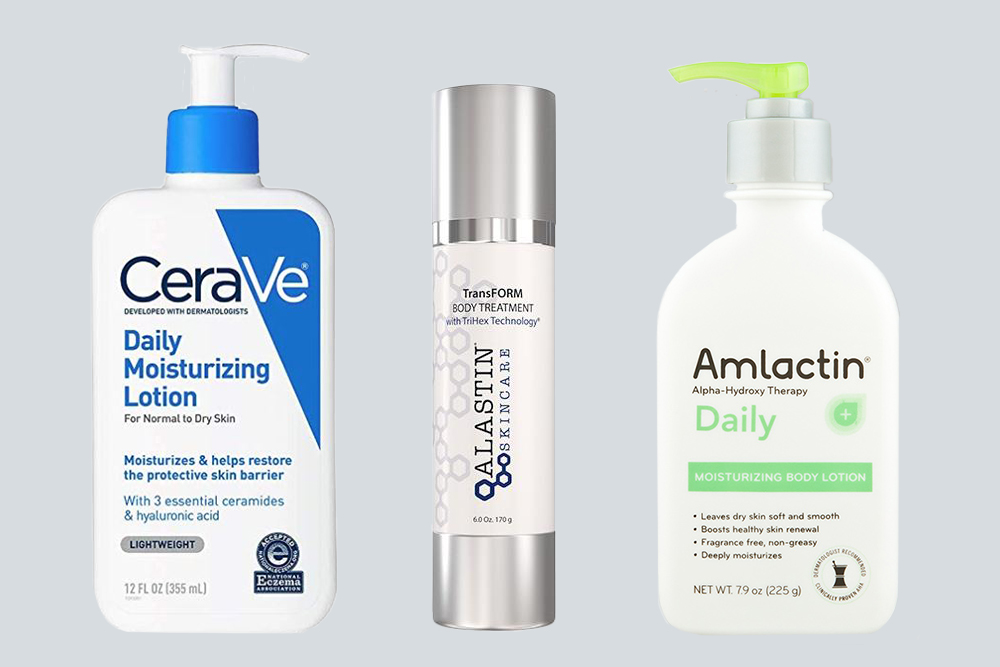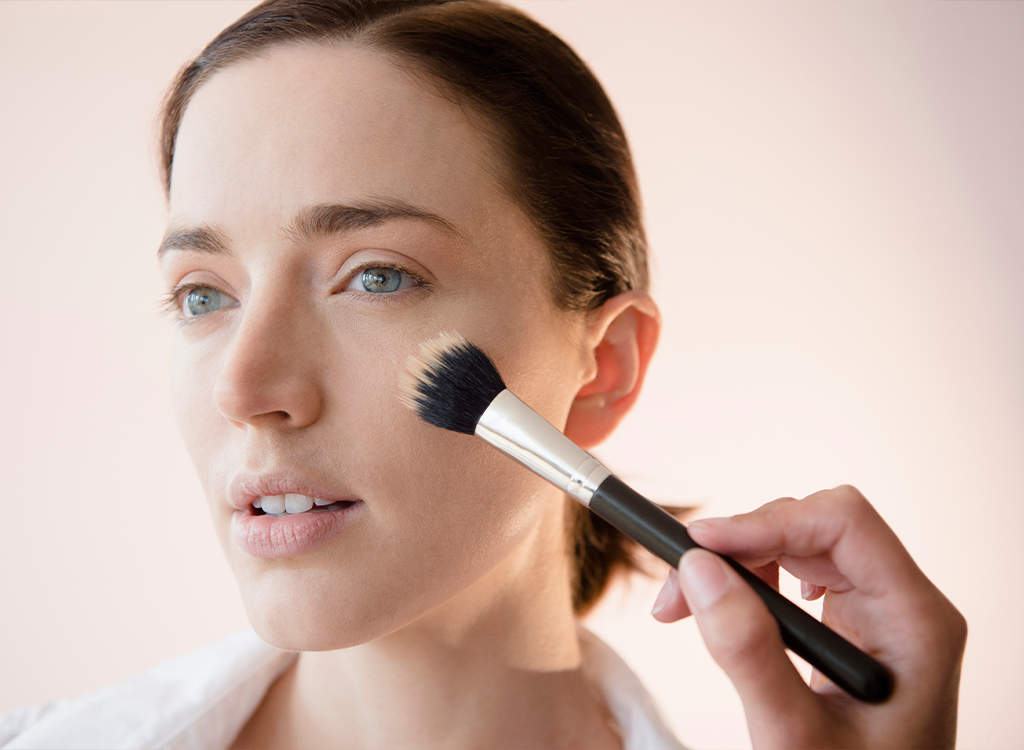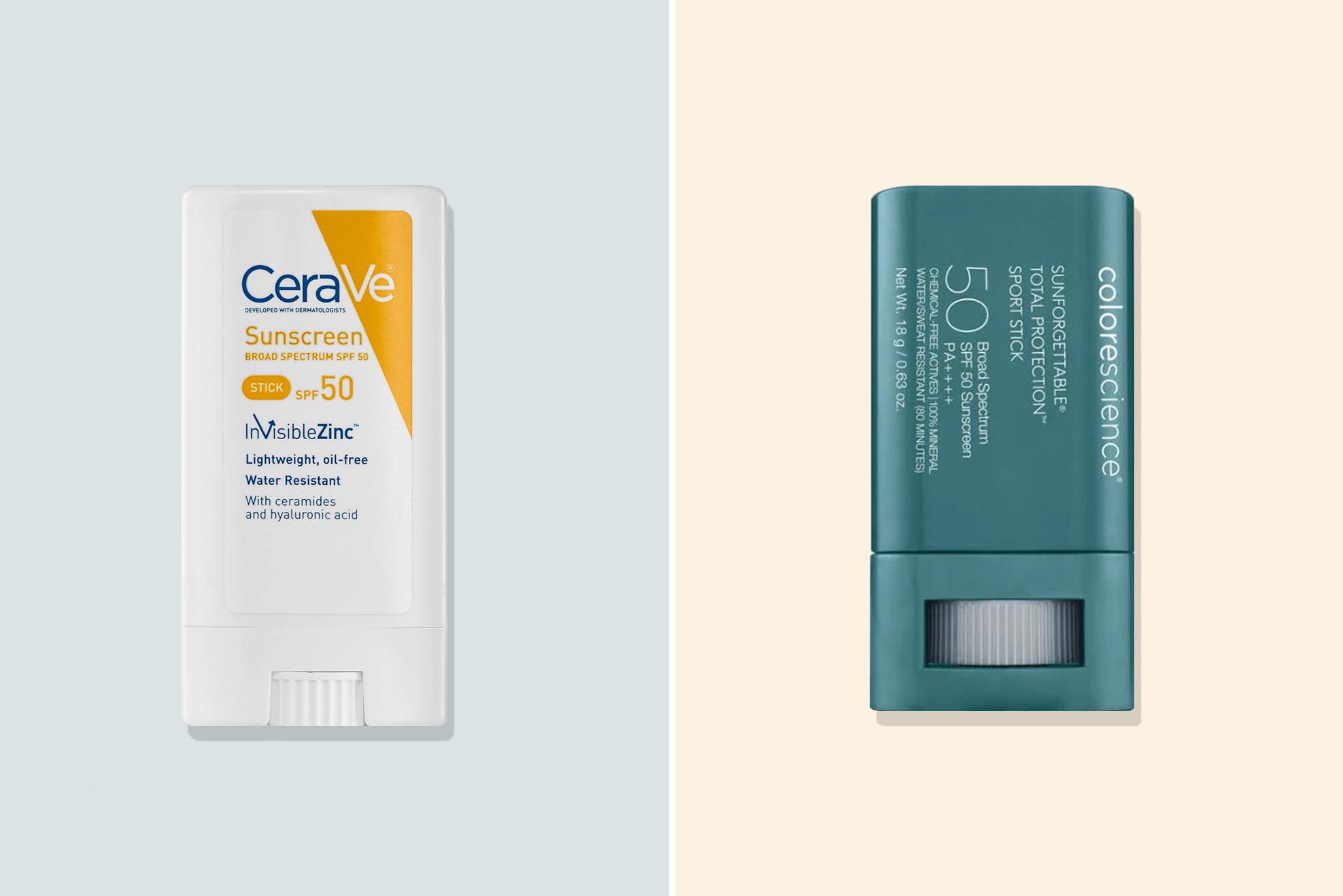The sunscreen industry has had a rough few months, and today’s news isn’t making things any easier: A group of scientists from Haereticus Environmental Laboratory—a nonprofit that studies risks to health and the environment—has petitioned the FDA to remove all sunscreens containing the active ingredient octocrylene from the market. The reason? They believe products made with this chemical may contain benzophenone, a suspected carcinogen that may cause endocrine disruption (when chemicals interfere with the body’s hormonal systems).
“It is a widespread problem we are continuing to see across many cosmeceuticals products, and recent limelight has arrived to sunscreens,” says Davie, FL dermatologist Marianna Blyumin-Karasik, MD. “This will create significant pressure on medical professionals, especially dermatologists, to underline the importance of continuing to use safe sun protection methods to prevent skin cancer and premature skin aging.” Not to mention, this news comes on the heels of the big benzene scare we learned about in May. So what exactly is octocrylene, and what do you need to know to keep yourself and your loved ones safe? Here’s the scoop from the experts.
What is octocrylene?
“This is one of the newer chemical ingredients found in sunscreens,” says New York dermatologist Orit Markowitz, MD. “Studies have shown that it’s safe to include up to a 10-percent concentration within the sunscreen. Despite that, recently the U.S. Virgin Islands banned all sunscreens with any concentration of octocrylene as an active ingredient. Recently, there was a study done in France looking at the conversion of sunscreens to another potential carcinogen called benzophenone that’s well studied. They found that sunscreens that contain octocrylene were shown to have conversion to benzophenone. What we’ve seen in the literature with benzophenone is that it actually effects estrogen levels, and for young adults, it could potentially affect a stage of puberty and reproductive capabilities.”
How does this finding compare to that involving benzene?
Dr. Markowitz says this is different than benzene because benzophenone has not been proven to be a known carcinogen, which benzene is. “And, the studies have not shown the concentration of this chemical ingredient needed within the sunscreen to potentially convert to a ‘not even yet known’ carcinogen, benzophenone.”
“I don’t think it’s the same because this is not new: We knew benzophenone was a degradation byproduct of octocrylene, so that shouldn’t be a huge shock to anyone,” explains Davie, FL dermatologist Lesley Clark-Loeser, MD. “What is new is saying that benzophenone may be present in some sunscreens in higher amounts than previously thought because it is possibly degrading in the bottle over time.”
Fort Lauderdale, FL dermatologist Dr. Matthew Elias says it’s hard to comment because we don’t yet have enough data. “What I will say is that octocrylene has been used for years in sunscreen and has thought to be safe, though like the benzene situation, we are constantly learning and updating what may or may not be safe for us and our skin. Paradigms change over time as we have more knowledge.”
How do we know for sure that benzophenone derived from octocrylene is an endocrine disruptor?
The bottom line: We need more research. “Environmentally, we think we’re seeing things happening to individuals regarding endocrine disruption and we’re wondering where is it coming from,” says Dr. Loeser. “Why are children going through early onset precocious puberty, girls getting their periods younger and younger, and boys staying shorter and needing growth hormone? We’ve been searching for answers—and I’ve never been an extremist, and I’m not—but then the Environmental Working Group (EWG) came to be and they really took things to the next level. I think a lot of us said, ‘OK, they’re extremists, don’t believe everything they say,’ but I also think they had an eye looking in the right direction to areas that warranted further investigation.”
Based in South Florida, Dr. Loeser is in one of the main U.S. hubs where research is being done to look at the coral reef, and the way it has been impacted by sunscreen. “You’d think, ‘What’s the correlation between an endocrine disruptor in a coral reef and a human body?’ Well, they’ve been able to demonstrate that endocrine disruption in the coral reef as a result of these chemical exposures is happening, and it’s destroying the reef because it can’t reproduce properly,” she explains. “Yes, that would be a stretch to apply that to humans, but we’re trying to figure it out. We don’t have all the answers yet, but we’re trying to understand how things like this may be impacting us from the outside in.”
Where else can people turn for accurate information on these topics aside from the EWG and the FDA?
“We have the EWG, an alarmist group, and then we have the FDA,” says Dr. Loeser. “And the FDA is looking at so many things that they may not prioritize this right now, but to the EWG, this is a priority. In between, we have to look toward those doing unbiased research—meaning it’s not sponsored by a pharmaceutical company or cosmetic company, etc.—and in our world that’s really hard to find. I think universities often do research that isn’t funded by bigger companies, and that’s another source we can look to. It also costs a lot of money to run these studies.”
Is chemical sunscreen still considered “safe?”
All of the dermatologists interviewed for this story—and probably all of them as a whole—agree that sunscreen is still one of the most effective ways to prevent sun damage, skin cancer and premature skin aging, so they will continue to recommend it to their patients and the public. However, in recent years there seems to be a bit of a shift toward the promotion of mineral sunscreens—those with zinc oxide, titanium dioxide or both. “Our favorite sunscreens typically involve physical blockers like those that contain zinc, as they are considered broad-spectrum and have been used safely for decades,” says Dr Elias.
Some of Dr. Karasik’s favorite SPFs containing only titanium and or zinc include EltaMD UV Elements SPF 44 ($36.50), ISDIN Eryfotona Actinica ($55), Blue Lizard Sensitive Mineral Sunscreen ($20), Neutrogena Sheer Zinc ($13), Cetaphil Sheer Mineral SPF 50 ($12), and La Roche-Posay Anthelios Mineral ($23). “As you can see, there are many—look for ‘physical’ or ‘mineral’ in the title,” she says. “I still encourage everyone to keep protecting your skin please, as skin cancer is on the rise, and it’s the most common cancer in the world. One out of five of us will get it in our lifetime, so please minimize sun exposure between 10:00 a.m. and 3:00 p.m., seek shade, wear hats, sunglasses and rashguards with UPF 50+, and stay safe in the sun.”
Although Dr. Loeser acknowledges that we don’t yet have the full story on this ingredient, and perhaps others like it, she personally chooses mineral formulas for herself and her three children. “Why not try to stick with the things that are ‘chemical-free’ while we’re trying to figure things out?” she says. “If I can do my part to minimize an exposure that I’m not entirely certain I have the whole story on, then why not? And I say the same thing to my patients.”
However, if you have no other sunscreen to use and you’re outside at risk for getting a sunburn, “use whatever the heck you have, it’s better than nothing,” Dr. Loeser continues. “But if on a daily basis, you’re going to be applying something to your skin because you want to have a really good sun-protective routine, chances are you’re absorbing some of it. So you have to be comfortable with that, and what it could potentially be doing. We have to be able to adjust as we have more data, and as doctors, it’s our job to protect everyone as much as we can. Everyone will have a slightly different opinion, but for me, there’s enough suggestion there that you have other options, and I think choosing a chemical-free one like zinc oxide or titanium dioxide is preferable.”
Does the risk of wearing sunscreen still outweigh the risk of not wearing it and getting skin cancer?
Yes. “There’s a very high risk to the patient of developing skin cancer, as well as photodamage, photoaging, pre-cancers, etc. if they do not practice sun safety,” says Dr. Markowitz. “That risk will be dependent on skin type, family history and other co-morbidies such as hair color—for example, red hair has a higher risk associated with it—how many moles a person has and whether they’re atypical, etc. All of these are potential risks, and the benefit of sunscreen is very high. So, when we start to look into some ingredients with limited data that haven’t been vetted by our FDA or looked at in our country, we can’t jump to conclusions and assume that now the sun is safer than the potential risk of an ingredient that at some dose may potentially cause an unknown potential carcinogen. There are a lot of unknowns here, and one thing we do know is that the sun is harmful and can lead to skin cancer in all skin types, and is even more dangerous in certain skin types. What we don’t know is if this ingredient, in all concentrations and in all sunscreens, leads to any carcinogen, and whether benzophenone is, in fact, a carcinogen.”
